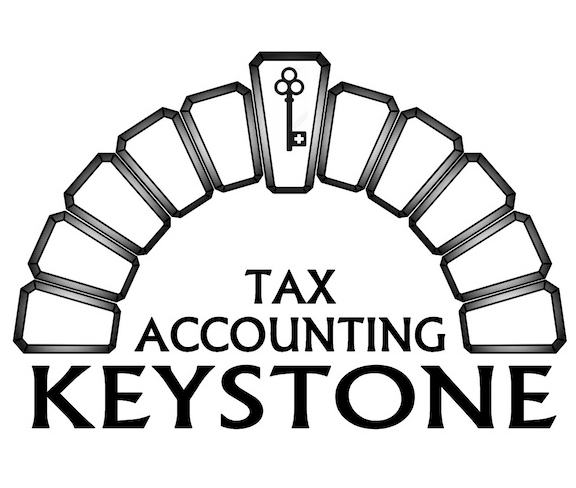Generally speaking, if you received money, property, or services, you have income. Examples of income include wages and fringe benefits, investment income such as interest, dividends, or capital gains, business income, and income from bartering. In some cases, your income may be documented. For example, if you have wages, then your employer will give you a W-2. Interest and dividends are reported on 1099s. If you are self-employed you may receive 1099-MISCs if the amounts paid you by clients are above a certain amount.
Not all income is documented.
If you run a business, it is up to you to keep track of revenues and expenses. If you are self-employed, some of your income will come from clients that will not be required to send you a 1099. Please avoid the temptation to forget to include this undocumented income when you are getting your books ready for filing your tax returns. The IRS is pretty good at comparing expenses to revenues and figuring out when income is not reported. If you are caught you will end up paying the taxes plus penalties and interest.
Not everything is taxable.
Income can either be taxable or nontaxable. For example, if you receive a gift, that is not normally taxable income. Keep in mind that depending on the size of the gift, the giver may have to pay gift tax. Some income such as interest from some municipal bonds may also be nontaxable. Nontaxable interest, however should be reported on a tax return.
Don’t forget your basis!
If you sell investments or your home, you will receive a Form 1099 for the gross proceeds. Be sure to figure out your cost basis, or what you paid. For example, if you have a stock portfolio, and you sell stocks worth $1,000 then you will receive a 1099 for that amount. However, your net income is the proceeds less whatever you paid for the stock. Don’t forget any reinvested dividends. The same thing applies if you sell your home. Depending on the circumstances, you may be able to exclude a lot of the gain. Be sure to talk to your tax pro if you have sold a home. If you complete your own tax return, read the instructions carefully.

Recent Comments